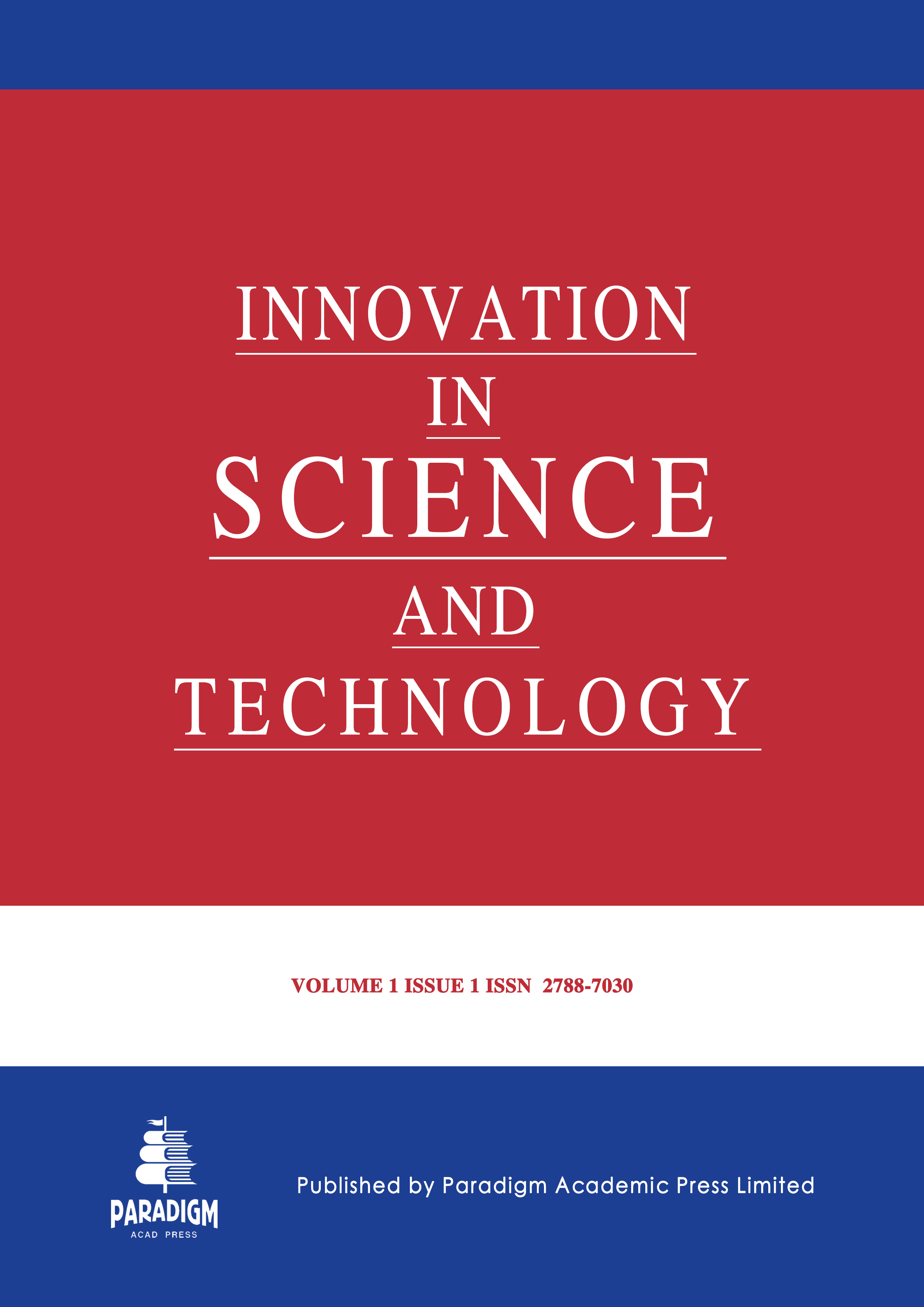Liver Transplantation: A Treatment Option for Survival in End-Stage Liver Disease
DOI:
https://doi.org/10.63593/IST.2788-7030.2025.09.007Keywords:
liver transplantation, liver cirrhosis, donor, immunosuppression, rejection, MELDAbstract
The liver is the largest internal organ in the body. A healthy liver is necessary for survival that can regenerate most of its own cells when these are damaged. It is an essential organ in digestion, and also undertakes several metabolic processes, such as bile production; bilirubin synthesis; and protein, lipid, fats, and carbohydrate metabolism. Liver transplantation (LT) is a surgery of liver that removes a whole liver or just part of a liver which no longer functions properly with therapies and medications, and replaces it with a healthy liver from a deceased donor or a portion of a healthy liver from a living donor. It is a well-recognized life-saving treatment option for people when liver cannot regenerate and the damage becomes about life-threatening due to liver cirrhosis, decompensated disease, liver cancer, acute liver failure, and hepatocellular carcinoma (HCC). The liver transplanted person needs a long-time follow up treatment with medications to prevent the body from rejecting of the new liver.


